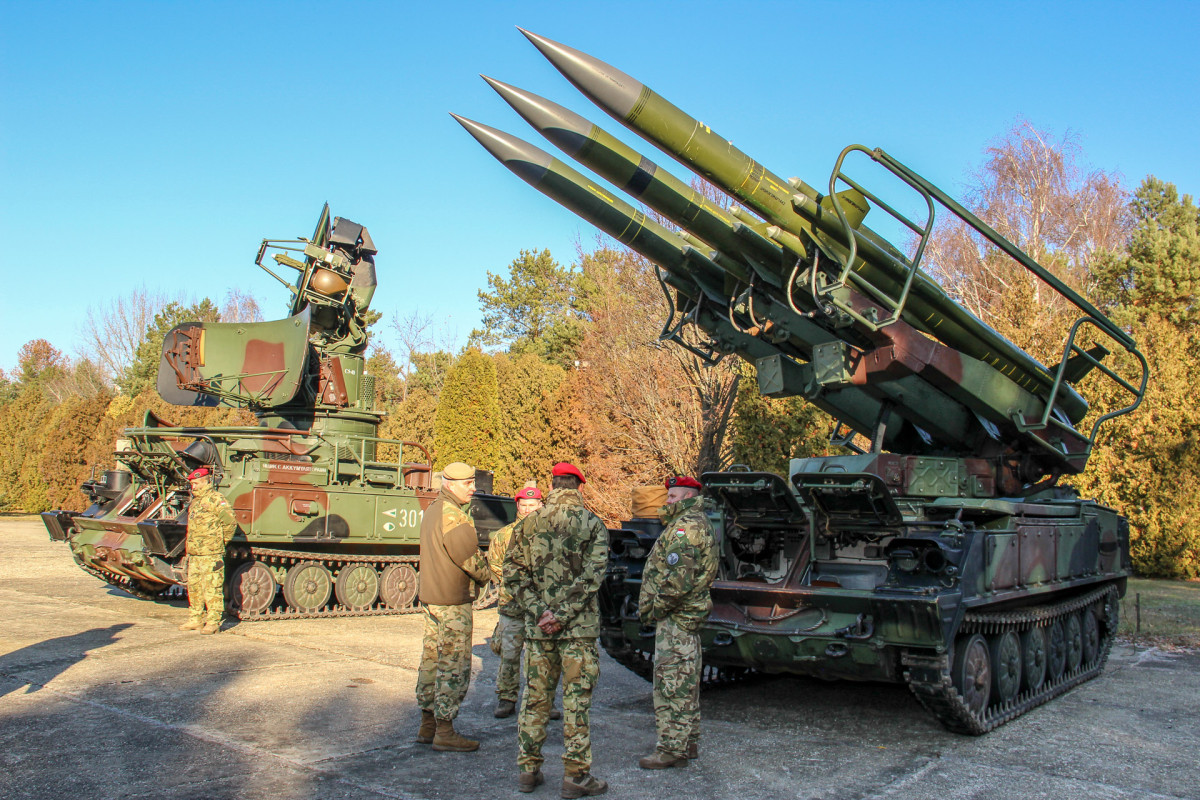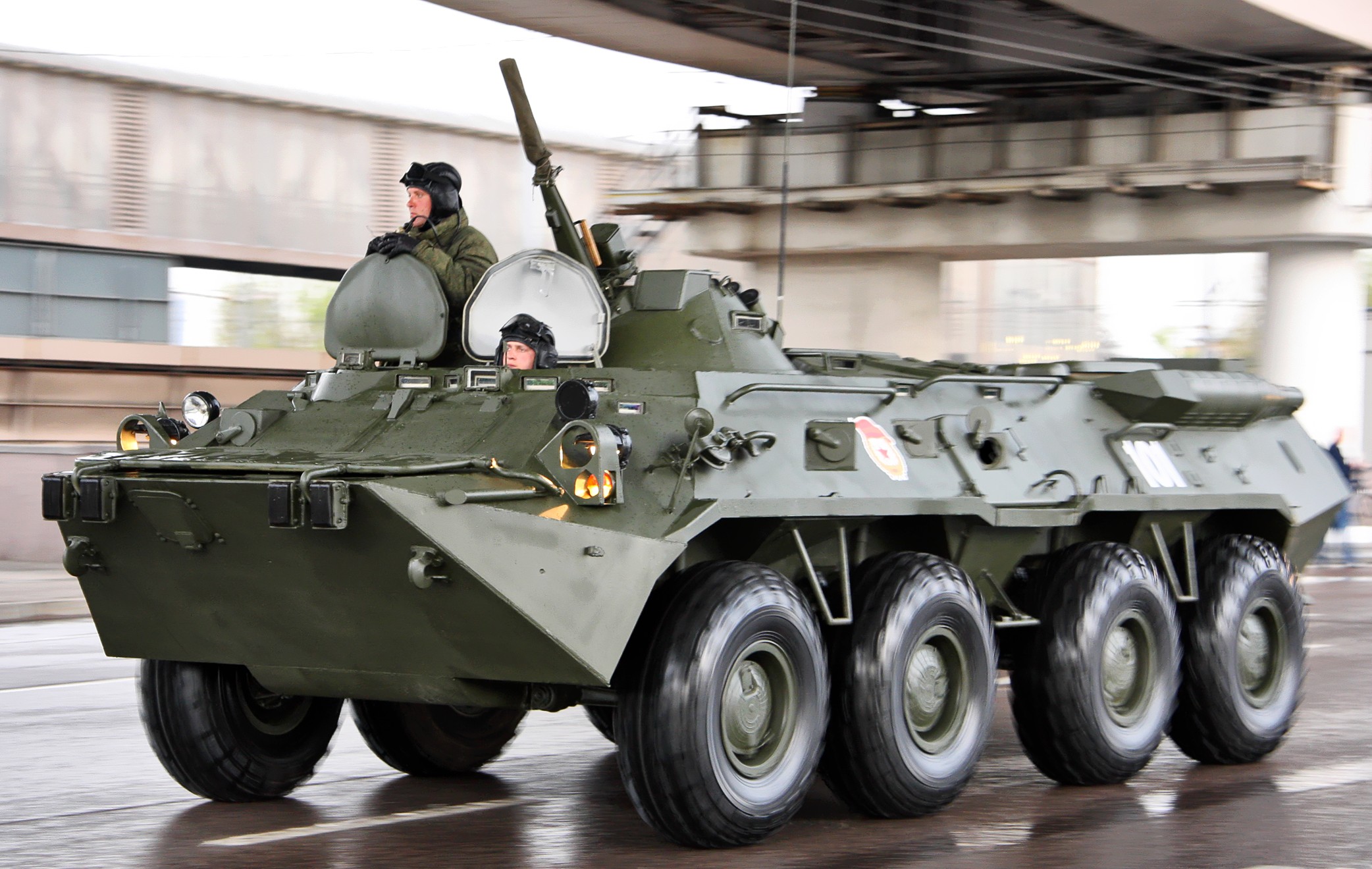
The state-of-the-art missiles are capable of destroying targets that are not directly visible but have known coordinates.Continue reading

Serbia has purchased air defense system elements from Hungary. The 2K12 KUB was developed in the Soviet Union in the 1960s, but was modernized jointly by the Hungarian and Polish defense industries in the 2000s. A similar deal between Hungary and Serbia has been concluded in recent months, reports Magyar Nemzet, based on the Serbian website Srbija Danas.
Serbia is buying components for its 2K12 KUB air defense system from Hungary. According to the newspaper, it is about the RStON 1S91M target detection and tracking radar stations, which suffered the most from the mass strikes of AGM-88 HARM high-speed anti-radar missiles during the NATO air campaign against Yugoslavia in 1999. Their procurement is necessary to activate the missile systems of the existing 2K12 KUB missile classes of the Serbian Air Force and Air Defense. The Serbian Armed Forces maintain three KUB-M classes in the framework of the 250th Air Defense Missile Brigade, deployed in Novi Sad (Újvidék), Kragujevac, and Niš.
The army is planning to set up a new sub-unit in Kraljevo, also requiring the purchase of second-hand radio-electronic vehicles.

2K12 KUB mobile surface-to-air missile system is designed to protect ground forces from air attacks. Photo via Wikipedia
The KUB was the first Soviet-developed, semi-active, self-guided air defense missile system to be developed on a regular basis and was intended to protect mechanized divisions in close cooperation with them. According to the Serbian portal, the air defense system excelled in destroying low-flying fighter aircraft in the Middle East in 1973, and was placed on the Yugoslav People’s Army’s procurement list, with the first units arriving in the country in 1975.
The KUB weapon system has been in use in Hungary since the late 1970s, and some of the equipment was modernized jointly by the Hungarian and Polish defense industries between 2001 and 2002. The self-propelled target detection and tracking stations and the launchers have undergone life extension and upgrading.
A similar deal between Hungary and Serbia has already been concluded in recent months, when Serbia purchased 26 BTR-80A armored infantry fighting vehicles from Hungary.
It turned out then that Hungary had acquired more than half a dozen of these combat vehicles in the 1990s, but they no longer meet Hungary’s long-term defense needs, which is why the leadership has sold a small number of them.

The BTR-80. Photo via Wikipedia
The modernization of the Hungarian Defense Forces is also behind the sale of the equipment.
In October last year, the first two batteries of the NASAMS air defense system were handed over in Győr (northwestern Hungary), in the barracks of the Tibor Dánielfy 205th Air Defense Missile Regiment. The manufacturer will deliver another four NASAMS batteries and the technical equipment for a reserve sub-unit by summer 2024. In addition, the delivery and installation of the Israeli ELM 2084 multifunction radars, representing the “eyes” of the well-known Israeli Iron Dome system, is underway. Hungary is also involved in the acquisition of Hero loitering munitions (better known as ‘kamikaze drones’), designed by the Israeli company UVision and manufactured by the German company, Rheinmetall.
Via Magyar Nemzet, Srbija Danas; Featured image via honvedelem.hu